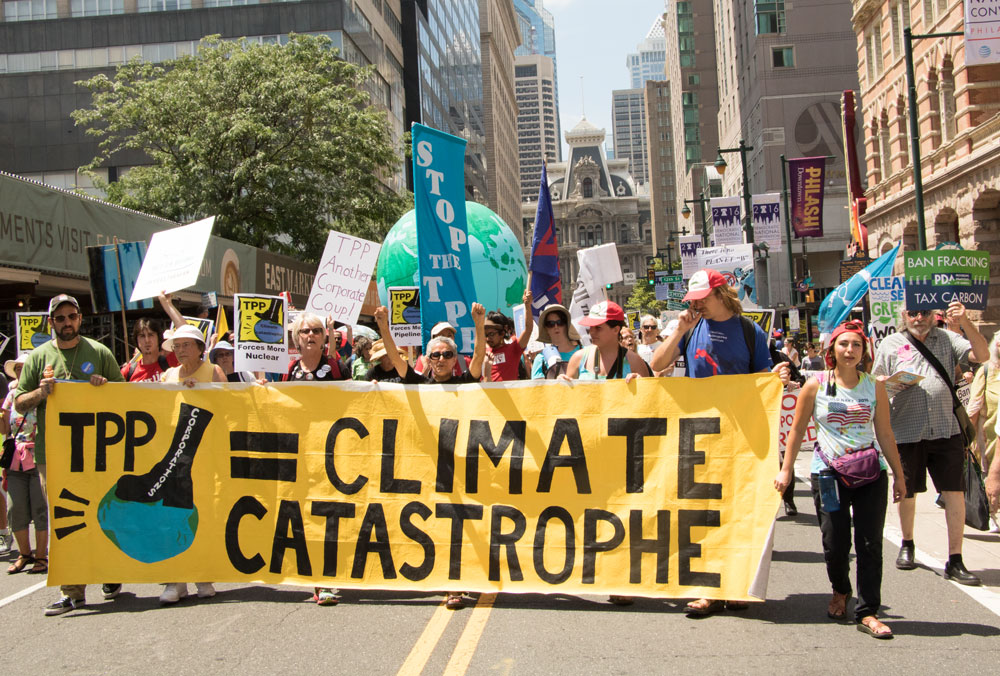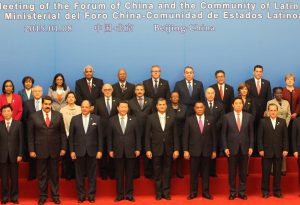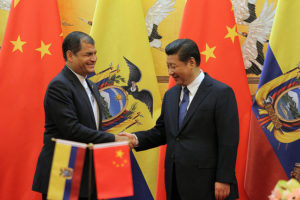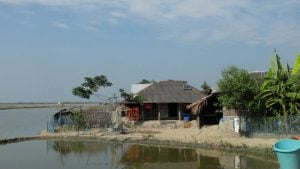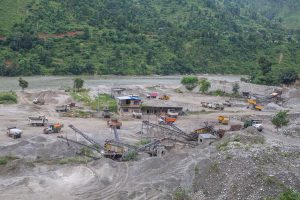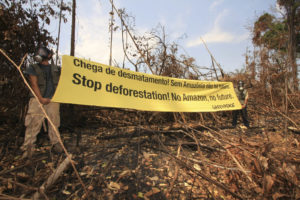Is the Trans-Pacific Partnership (TPP) dead? Is China seeking to replace the faltering regional trade bloc and supplant the US as a champion of free trade among Pacific nations and around the world? And just how does one navigate the “alphabetti spaghetti” of abbreviated Pacific trade deals on the table right now (see also the Regional Comprehensive Economic Partnership, or RCEP, and the Free Trade Area of the Asia-Pacific, FTAAP)?
Questions abound as China dispatched a high-level delegation to the Chilean city of Viña del Mar for talks with 12 existing TPP members plus South Korea about the future of Asia-Pacific economic integration. Yin Hengmin, China’s envoy on Latin American and Caribbean Affairs, was unequivocal about his country’s position on trade: “China promotes the economic integration of the Asia-Pacific and we also firmly support global integration.” But he denied China’s mission was to seek support for an alternative to TPP.
Following US president Donald Trump’s withdrawal from TPP by executive order shortly after taking office, speculation has mounted over what a China-led or other Asia-led bloc would look like. Amid the uncertainty of how the US’ new protectionism will impact the global economy, and which of the many Pacific trade proposals will prevail, an important point remains: What does all this mean for social and environmental standards among member countries?
TPP, RCEP, FTAAP: Spelling it out
Twelve countries (not including China) signed the final proposal for TPP in February 2016 after seven years of negotiations. Along with economic growth and poverty reduction, former US president Barack Obama claimed TPP would “promote transparency, good governance, and enhanced labour and environmental protections”. However the deal, which includes major economies the US, Japan, Canada, Australia and Mexico and would account for around 40% of GDP, is paralysed in its current form as it requires US ratification.
FTAAP is an Asia-Pacific Cooperation Forum (APEC) proposal that the Chinese foreign ministry endorses as a more inclusive, simplified version of TPP. The proposal has been around for decades and is progressing slowly, with countries due to review progress towards its realisation before 2020.
Then there’s RCEP. This proposal is led by the 10 countries of ASEAN (Association of South-East Asian Nations) and also includes China, Japan, South Korea, New Zealand, Australia and India. It accounts for around 24% of global GDP and 46% of the global population. It excludes the US.
Obama wrote about RCEP: “it certainly won’t enforce high standards for our workers and our environment”, referring to the lack of protections written into the proposal.
Yu Zheng, a professor of international politics at Fudan University agrees that, in theory at least, TPP has higher standards on the labour and environmental fronts. “How likely [it is that] member countries will comply with these standards is a different issue,” he told Diálogo Chino.
There have also been suggestions RCEP would involve a race to the bottom, or “harmonizing” of standards among member countries not seen as fully compliant with market rules. However, Yu argues that making standards compatible is a realistic goal that may increase participation and compliance in international treaties. “After all, it is compliance that matters more than the treaty itself,” he said.
TPP: the lesser of evils?
While TPP may imply greater environmental and labour protections, it is still far from clear about how it would achieve them, according to Ciro Salazar Valdivia, an independent researcher and director of Peruvians Against TPP.
Salazar points out the “flexible” language in the agreement that only requires countries to express “a commitment” to implementing international environmental accords – with no obligation. “As we know with international trade agreements, every letter is important,” he said.
Based on its focus on high-carbon goods, greater trade integration through multilateral deals also has the effect of increasing greenhouse gas emissions, according to a report by the United Nations Environment Program (UNEP) and the World Trade Organization (WTO).
However, greater trade openness could facilitate the adoption of technologies that reduce the emissions intensity of goods and their production processes and lead to a transition to less energy-intensive production methods, the report concludes.
The growth in recent years of the trade and investment relationship between China and Latin American countries such as Peru, which has focused principally on mining, is associated with a slackening of the sector’s environmental standards. While it remains the responsibility of countries in need of foreign investment to uphold their own domestic regulations, this can be a challenge, Yu acknowledged.
“International capital, regardless of its origins, has a tendency to impose pressure on host countries to change their domestic regulations to accommodate foreign investors,” said Yu.
Instead of focusing on comparatively lower environmental standards in Asia, China can serve as a useful example of how not to pursue growth-at-all-costs: “It is essentially a trade-off between short-term growth and long-term development,” said Yu, adding; “one of the biggest side effects of China’s high growth is environmental degradation. It is a huge lesson other developing countries including Peru should learn.”
